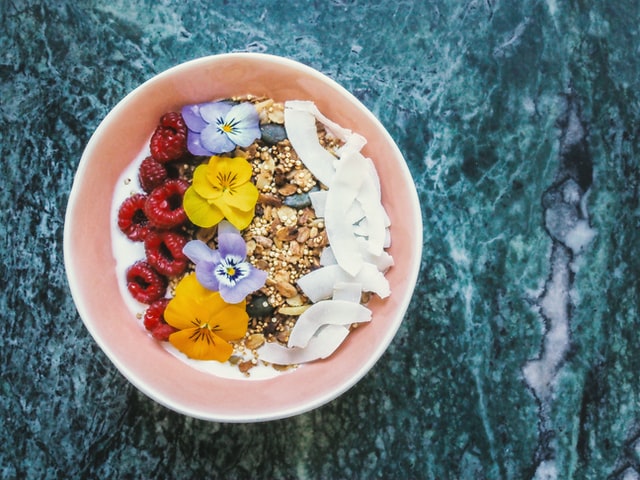How to Detoxify Your Body (From Sugar, Toxins, & More)There are many ways to detoxify your body, all with the potential to powerfully impact your long-term health. Read on to learn about these methods and how they apply to your life.
My Nalgene water bottles, I eventually learned, were probably leaking bisphenol-a (BPA) into the water I drank under that searing New Hampshire sun. Suddenly, plastic water bottles were suspect and metal water bottles were the safest bet. I made the change and never looked back.
I bet you’ve had an experience similar to mine. After all, we are continually interacting with things in our environment that may introduce toxins into our bodies, from the food we eat to our pillowcases to our cooking pans. Toxins are organic and non-organic matter that, once they come into contact with our bodies, can cause all sorts of mental and physical health problems (Trasande & Liu, 2011). When you hear the word toxins, you might initially think of heavy metals in drinking water, pesticides in crops, or lead paint on the walls of your house. And not without reason: the cost of exposure to environmental toxins, even just among children in this country, is approaching $100 billion dollars annually (Trasande & Liu, 2011). But if we give the word “toxin” a broader definition, there are plenty of other, everyday encounters between our bodies and the world that cause us harm. I’ve written this blog article to review not just the environmental toxins we are exposed to, but also the ones we willingly ingest or imbibe. Let’s have a look at how we can detoxify our bodies to live cleaner, longer, healthier lives. Before reading on, if you're a therapist, coach, or wellness entrepreneur, be sure to grab our free Wellness Business Growth eBook to get expert tips and free resources that will help you grow your business exponentially. Are You a Therapist, Coach, or Wellness Entrepreneur?
Grab Our Free eBook to Learn How to
|
Are You a Therapist, Coach, or Wellness Entrepreneur?
Grab Our Free eBook to Learn How to Grow Your Wellness Business Fast!
|
Terms, Privacy & Affiliate Disclosure | Contact | FAQs
* The Berkeley Well-Being Institute. LLC is not affiliated with UC Berkeley.
Copyright © 2024, The Berkeley Well-Being Institute, LLC
* The Berkeley Well-Being Institute. LLC is not affiliated with UC Berkeley.
Copyright © 2024, The Berkeley Well-Being Institute, LLC




